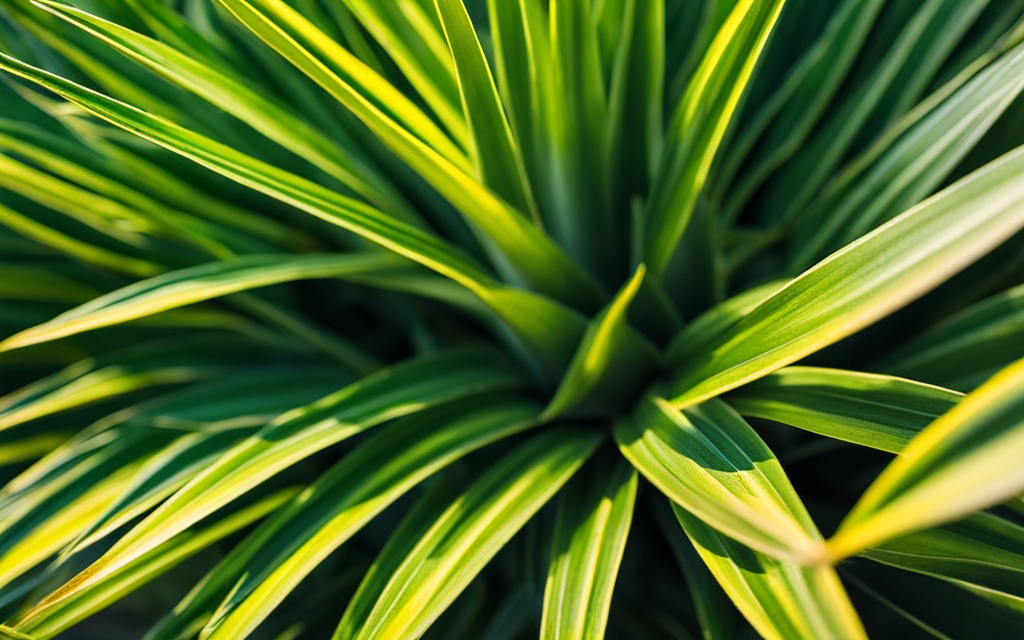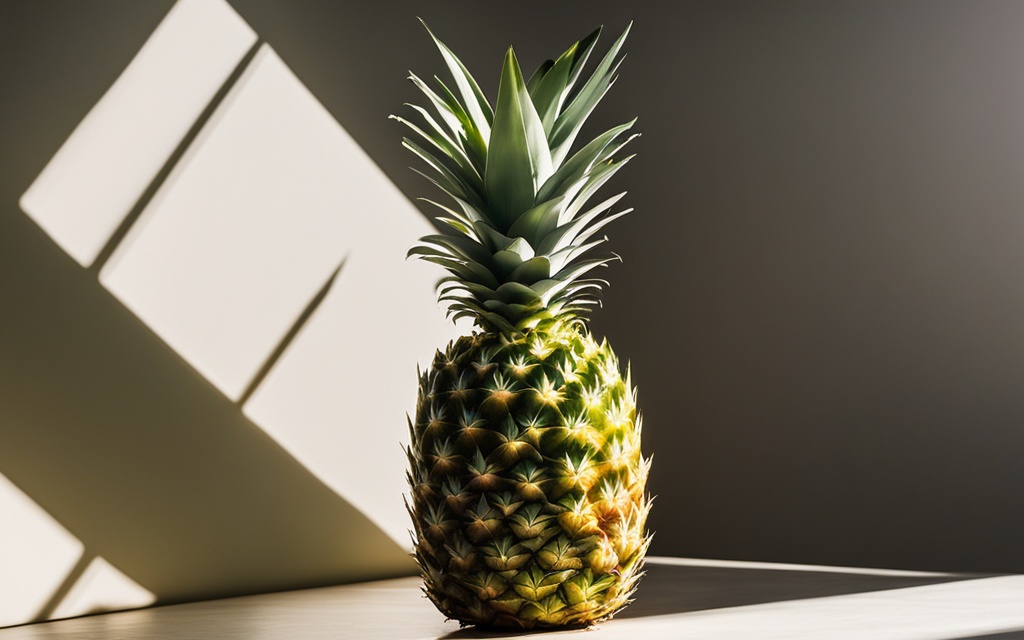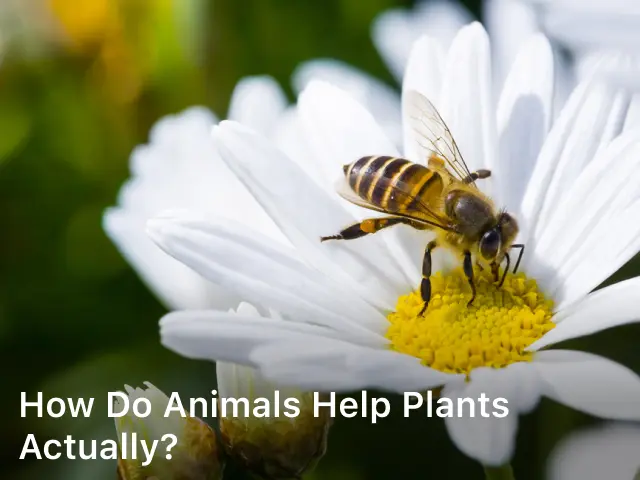How to Care for a Pineapple Plant: The Ultimate Guide

We will look at all you need to know to grow a healthy pineapple plant. This guide is perfect for anyone, whether you’re new to indoor gardening or not. We will discuss picking the right type of pineapple and how to keep it growing well. This includes the correct growing conditions, watering, fertilizing, and dealing with pests.
By the end of this, you will have the skills to care for your pineapple plant. You will also enjoy the sweet fruits of your work.
Introduction to Pineapple Plant Care
Pineapple plants make any indoor garden more delightful. They offer a unique growing experience. We will look at the benefits of growing pineapple plants and the different kinds available. This will help you start a successful journey in pineapple plant care.
Why Grow a Pineapple Plant?
Growing pineapple plants is a rewarding hobby. It brings the beauty of the tropics to your indoor space. You also get the chance to grow your own fresh pineapples. These plants are easy to keep and do well in many indoor environments. They are great for anyone interested in indoor plants.
Pineapple Plant Varieties
Pineapple plants come in many types, each with its special characteristics. You can choose from different looks. For example, the “Cayenne” is compact while the “Abacaxi” is large and spiny.
Think about the size, growth patterns, and fruit appearance when picking one. This helps find the best match for your indoor garden.
Choosing the Right Pineapple Plant
When it comes to growing pineapples indoors, picking the right kind is key. The pineapple plant care guide ahead will show you how. It helps you pick a pineapple plant perfect for your space and goals.
First, think about how big the plant will get. The Smooth Cayenne, for example, gets up to 3 feet tall and wide. If your space is small, consider a Mini Pineapple, which stays about 18 inches tall.
Next, consider how the plant grows. The Queen Pineapple grows up in a pretty, tight shape, great for pots. But the Abacaxi Pineapple sprawls, perfect for hanging.
Also, look at what kind of weather the plant likes. Most pineapples need warmth and humidity, but some, like the Pernambuco Pineapple, do okay in cooler, drier spots. Think about these needs to choose the best plant for you.
| Pineapple Variety | Mature Size | Growth Habit | Climate Tolerance |
|---|---|---|---|
| Smooth Cayenne | Up to 3 feet tall | Upright and uniform | Warm, humid conditions |
| Mini Pineapple | Around 18 inches tall | Compact and bushy | Warm, humid conditions |
| Queen Pineapple | 2-3 feet tall | Upright and uniform | Warm, humid conditions |
| Abacaxi Pineapple | 2-3 feet tall | Sprawling and cascading | Warm, humid conditions |
| Pernambuco Pineapple | 2-3 feet tall | Upright and uniform | Slightly cooler, drier conditions |
How to Care for a Pineapple Plant
Looking after a pineapple plant is key for its success. We will look at the perfect environment it needs to grow well. This includes the right warmth, moisture, and light levels. We will also cover what type of pot and soil are best for it.
Ideal Growing Conditions
Pineapple plants love warmth and humidity. They prefer temperatures from 70-85°F (21-29°C) and a humidity level of 50-60%. They also need plenty of sunlight, around 6-8 hours daily. For indoor plants, a sunny south-facing window or a grow light will help.
Potting and Soil Requirements
Pineapple plants require special soil and pots. They do well in soil that drains well and is a bit acidic, with a pH of 4.5-6.5. Use a mix made for bromeliads, or mix peat moss, sand, and compost. Always pick a pot that lets water drain. If the plant grows big, move it to a larger pot.
Watering Requirements for Pineapple Plants
Keeping a correct watering schedule is key for your pineapple plant’s health. The needs for each plant can vary. This depends on the climate, pot size, and the type of soil. But, following some simple rules can help your plant get just the right amount of water it needs.
Signs of Overwatering
Too much water is a big problem for pineapple plants. You’ll see their leaves turning yellow or wilting. The soil may also feel very wet or waterlogged. If this happens, stop watering so much and let the soil dry out a bit first.
Signs of Underwatering
Not giving enough water can also hurt your pineapple plant. Signs include leaves that are dry, brown, or crunchy. The soil can get very dry and hard. If you spot these signs, start watering your plant more often and with more water.
Watching how much water your pineapple plant needs is important. If you see signs of too much or too little water, make changes. This way, your plant will grow well and make fruit.
Sunlight Needs for Pineapple Plants
Pineapple plants love the sun and do best with lots of light. For good growth, make sure your pineapples get at least 6 hours of direct sun every day. A south-facing window or a bright grow light is best for this.
If your pineapple is inside and not getting enough sun, use artificial lights. Choose lights that mimic the sun, like LED or fluorescent. Place the lights 12-18 inches above the plant, making sure it gets 6 hours of light daily.
Keep in mind, pineapples can take a bit of shade. But, they won’t grow as big or make as much fruit without enough light. Watch the leaves for clues; too much space between them might mean they need more light. Yellow or brown leaves could mean they’re getting too much sun.
By giving your pineapple plant the right light, you’re helping it grow well. You might even get your own tasty pineapples to enjoy.

Fertilizing Your Pineapple Plant
Fertilizing right is crucial for your pineapple plant to get all the essential nutrients. This way, it can grow and stay healthy. Knowing the right types of fertilizer and how to use them helps your pineapple plant thrive.
Best Fertilizers for Pineapple Plants
For fertilizing a pineapple plant, a balanced, slow-release mix works best. It should be rich in nitrogen, phosphorus, and potassium. These nutrients are key for green leaves, strong roots, and lots of fruit.
Some top fertilizer choices for pineapple plants are:
- Pineapple-special fertilizers: Made just for pineapples, they give the perfect nutrients for growth and a good fruit harvest.
- Slow-release granular mixes: Pick ones with a 10-10-10 or 12-12-12 NPK blend for steady feeding over a few months.
- Organic compost or manure: These natural options feed plants and make the soil better. They hold water well, too.
Whatever fertilizer type you go for, always use it as the label says. Too much can harm your pineapple just like too little.
Use the right fertilizers regularly on your pineapple plant for great-tasting fruit. Remember, stay moderate and consistent with your fertilizing routine. This is the secret to a well-fed and happy pineapple. Enjoy your gardening!
Pruning and Grooming Pineapple Plants
Keeping your pineapple plant in good shape is key for its health. Pruning helps it look great and produce more fruit.
To prune your pineapple plant, cut off any dead or long leaves. The right tools, like sharp shears, are crucial. They prevent harm to your plant.
Spring and early summer are the best times to prune. It’s when your plant is most active. Make sure to cut off any dead leaves or new growths from the base. You can use these to grow new plants.
Grooming is also important. Clean leaves with a damp cloth and trim any messy ones. This keeps your plant tidy and healthy.
With these tips, your pineapple plant will thrive. It will look great in your garden or home.
Pineapple Plant Pest and Disease Control
Keeping your pineapple plant healthy is very important. It’s key to know and deal with common pests and diseases. We’ll talk about top problems for pineapple plants. Plus, we’ll share how to stop and fight these issues, so your plant stays healthy and grows well.
Common Pests
Pineapple plants can have many pests, like [pineapple plant pest control]. The pineapple mealybug is a big problem. It makes the plant look bad and grow oddly. Watching your plant and using the right soap or oil against bugs can help.
There’s also the pineapple mite, which can make the leaves look odd and red. Checking your plant often and using a special spray can handle these [common pests on pineapple plants].
Diseases to Watch For
Pineapple plants can catch various diseases too, like [diseases affecting pineapple plants]. Bacterial heart rot is one to watch for. It makes the plant’s center decay, turns leaves yellow, and then wilt. Good watering, drainage, and removing bad parts fast can stop this disease.
Fusarium wilt is another to keep an eye on. It yellows and wilts leaves. Making sure your plant gets enough sun and soil isn’t too acidic can help fight this [diseases affecting pineapple plants].
Watch your pineapple plant carefully. Deal with any pests or diseases right away. Then, your plant will stay strong, and you’ll get a lot of fruit.
How to Care for a Pineapple Plant: The Ultimate Guide
This guide covers everything you need to know about caring for pineapple plants. We talk about how to pick the right plant and make sure it grows well. This includes the best environment, how to water and fertilize it, and how to keep pests away. If you follow this advice, you’ll grow a healthy pineapple plant that gives you sweet fruit.
Find out what temperature, humidity, and light your pineapple plant likes. We’ll also tell you about the soil it needs and the right size pot. This information will help your plant grow strong and healthy.
Watering is key for your pineapple plant. We discuss how to tell if it’s getting too much water or too little. We also give tips on the best fertilizers. This helps your plant make a lot of fruit.
Trimming your plant is important too. We show you how to prune it and keep it looking nice. Plus, we cover how to deal with bugs and diseases. This will protect your plant and help it stay healthy.
Using this guide, you can grow a pineapple plant that does well and bears lots of fruit. Get ready to see the results of all your hard work. Your pineapple plant will be a tasty and fun project to care for.
Harvesting and Enjoying Your Pineapple
Finally, the time has come to pick your very own pineapple! You’ve looked after your pineapple plant with great care. Now, it’s your chance to enjoy the sweet fruit. To know when it’s ready, check if it’s a golden yellow and if it easily comes off the plant.
When your pineapple plant is just right, you can start having fun. Use your pineapple in all sorts of tasty food and drinks. You could make pineapple salsa or even pineapple margaritas. Let the taste of the tropics fill your home.
Take a moment to enjoy what you’ve achieved. Growing your own pineapple plant takes time and effort. Now, you get to see the results. Share it with your loved ones or keep it all to yourself. Either way, feel proud of what you’ve done.





